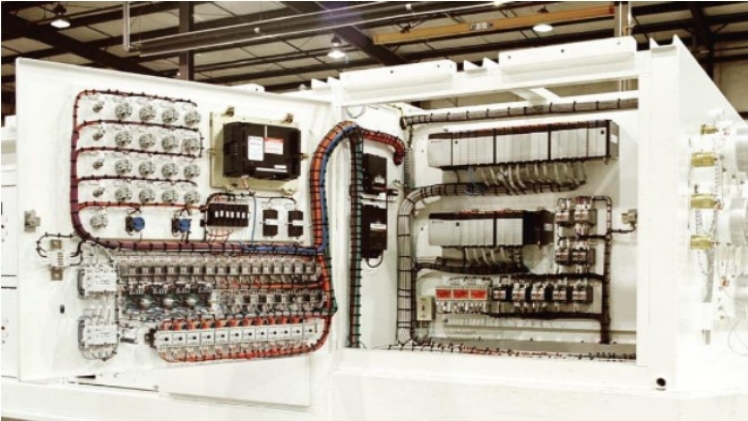Fundamentals of Electricity: Radial, Loop, & Network Systems

Radial System Graphic:
As you would expect, these systems can be combined; this is done frequently. The radial distribution system, which is the least expensive to construct, is used widely in sparsely-populated areas. Radial systems have only one source of power for a group. Power interruptions, such as a power failure, short circuit, or downed power lines, would disrupt power throughout the entire system. This must be repaired before power can be restored.
Loop System Graphic:
A loop system loops around the service area, returning to its original point. Usually, the loop is connected to an alternative power source. The utility can provide power from either direction by strategically placing switches.
When one power source fails, switches can be thrown (manually or automatically), and the power from another source is fed to the customers.
The loop system offers better service continuity than the radial and only requires short interruptions to switch. If there are faults in the lines, the utility only needs to switch around the fault to restore power. It is possible to repair the fault with minimal interruptions for customers.
The loop system costs more than the radial system because it requires more switches and conductors. However, the improved reliability of the system often makes the extra cost worthwhile.
Network System Graphic:
Network systems are the most complex and interlocking loop systems. Two, three, or four different power sources can be used to supply a given customer. The main advantage of this system is its increased reliability. It is the most expensive system and is, therefore, only used in areas with high traffic density or congestion, such as downtowns and municipal areas.
For nearly half a century, Swartz Engineering has been at the forefront of industry safety. They are a family-owned company specializing in power distribution for the electrical industry. They are the leading manufacturer of Electrical Substations for Railways.




